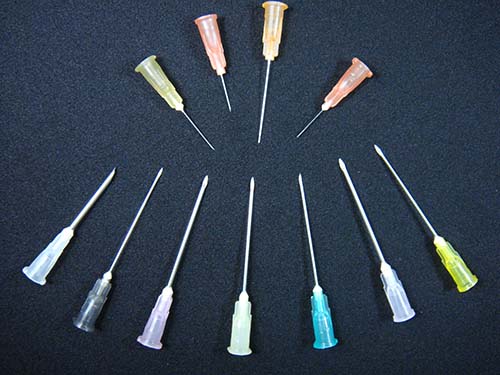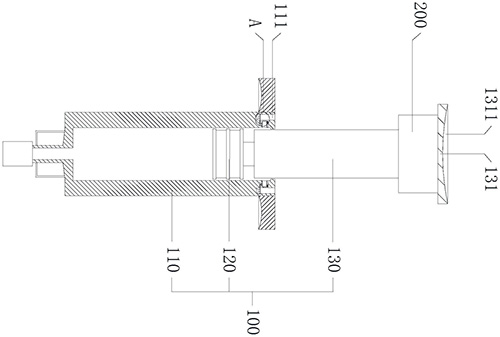What kind of syringe will the doctor use to inject adrenaline into the human body during surgery in the hospital
Dec 30 , 2024
During surgery or in emergency medical situations where adrenaline (epinephrine) needs to be injected into the human body, doctors typically use a hypodermic syringe paired with an appropriate needle to administer the drug. Here's how it works:
Type of Syringe for Injecting Adrenaline During Surgery
-
Hypodermic Syringe
-
Purpose: Used for precise administration of adrenaline into the body.
-
Features:
-
Available in various sizes (e.g., 1 ml to 20 ml) depending on the required dosage.
-
Designed for accurate measurement of the adrenaline dose.
-
Injection Sites:
-
Intramuscular (IM): Adrenaline is often injected into large muscles like the thigh.
-
Intravenous (IV): In critical cases during surgery, adrenaline may be administered directly into a vein.
-
Subcutaneous (SC): Rarely used but involves injecting just under the skin.
-
Luer-Lok Syringe
-
Purpose: Provides a secure needle attachment for IV or IM injections, ensuring no leakage during administration.
-
Application in Surgery: Used when precise control is critical, such as for small and calculated doses of adrenaline.

Common Needle and Syringe Combinations for Adrenaline
-
Syringe Size: Typically 1 ml or 3 ml syringes are used for adrenaline, as it is usually administered in small doses (e.g., 0.1–1 mg).
-
Needle Size:
-
For IM injections: A needle with a length of 1 inch to 1.5 inches and a gauge of 22G–25G is typically used.
-
For IV injections: A shorter, finer needle or direct IV catheter access is preferred.
Prepared Solutions for Adrenaline
Adrenaline is typically available in pre-diluted solutions or ampoules that need to be drawn into the syringe:
-
1:1,000 Concentration (1 mg/ml): Often diluted further for IV use.
-
1:10,000 Concentration (0.1 mg/ml): Used directly for cardiac emergencies or during surgery.

Auto-Injectors vs. Standard Syringes
-
Auto-Injectors (e.g., EpiPen): Pre-filled syringes with a fixed dose of adrenaline, primarily for self-administration during allergic reactions.
-
Standard Syringes: More versatile and used by medical professionals for tailored dosing during surgery or emergencies.
-
Precise Dosing: Ensures the exact amount of adrenaline is delivered.
-
Versatility: Suitable for both IM and IV administration.
-
Control: Allows the healthcare provider to adjust the speed and method of delivery as per the situation.
Conclusion
During surgery or emergencies in hospitals, doctors use hypodermic syringes to administer adrenaline. The method of injection—intramuscular or intravenous—depends on the urgency and the condition of the patient. Unlike the adrenaline syringe in PUBG, which is designed for quick boosts in gameplay, the real-life administration of adrenaline in hospitals is precise and controlled, ensuring safety and effectiveness for the patient.

